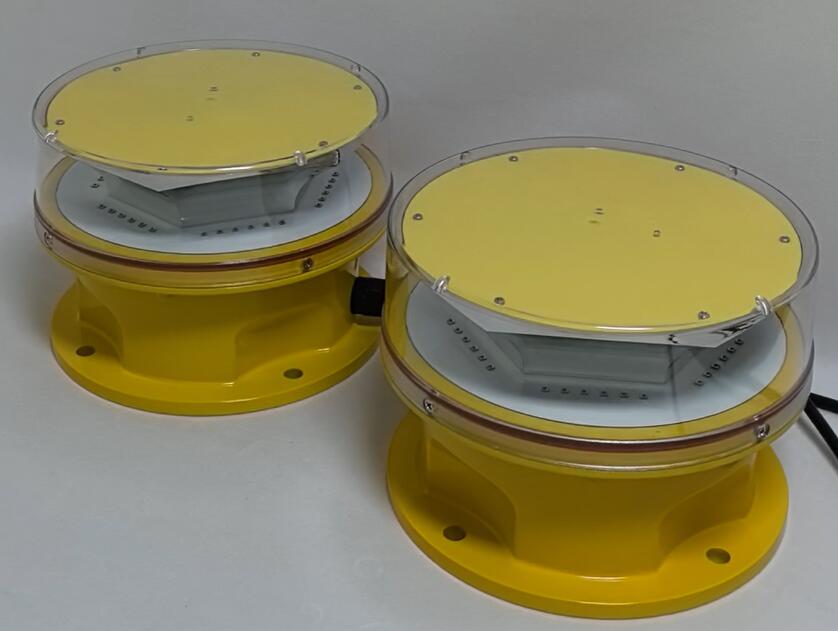
In the symphony of the modern urban landscape and the expansive theater of the skies, there exists an often overlooked yet crucial element – aviation lights on buildings. These unassuming beacons play a vital role in ensuring the safety of air travel and the harmonious coexistence of the towering edifices and the airborne traffic that passes overhead.
As the sun sets and darkness envelops the city, the aviation lights on buildings spring to life. They are like silent sentinels, standing watch over the skies and guiding the pilots as they navigate through the complex web of air routes. These lights are not mere decorations or afterthoughts; they are a critical part of the aviation safety infrastructure.
The importance of aviation lights on buildings cannot be overstated. In a world where air travel is an essential mode of transportation, ensuring the safety of flights is of paramount concern. Buildings, especially those in close proximity to airports or located along flight paths, pose a potential hazard to aircraft. Without proper lighting, these structures can be difficult to spot, especially in adverse weather conditions or at night. This can lead to disastrous collisions, endangering the lives of passengers and crew on board the aircraft as well as those on the ground.

Aviation lights on buildings come in various forms, each designed to serve a specific purpose. Some of the most common types include red obstruction lights, which are used to mark the highest points of a building and warn pilots of potential obstacles. These lights are typically visible from a great distance and are designed to be highly conspicuous, even in low visibility conditions. White strobe lights are also often used, which can help pilots identify the location and orientation of a building more easily. Additionally, some buildings may be equipped with flashing beacons or rotating lights, which provide an additional level of visibility and can be used to attract the attention of pilots in emergency situations.
Aviation Lights on Buildings
45
type B
red
MI
65
The installation and maintenance of aviation lights on buildings is a complex and highly regulated process. Building owners and operators are required to comply with strict guidelines and standards set by aviation authorities to ensure that the lights are properly installed, functioning correctly, and visible to pilots. This includes regular inspections and testing to ensure that the lights are in good working order and that their intensity and visibility meet the required specifications. In some cases, specialized equipment and trained personnel may be needed to install and maintain these lights, adding to the complexity and cost of the process.
Despite the challenges, the importance of aviation lights on buildings cannot be ignored. They are a crucial link in the chain of aviation safety, helping to prevent accidents and ensure the smooth flow of air traffic. As cities continue to grow and air travel becomes even more prevalent, the role of these lights will only become more important.

In addition to their safety benefits, aviation lights on buildings also have aesthetic and symbolic value. At night, these lights can transform the city skyline into a dazzling display of illumination, adding to the beauty and charm of the urban landscape. They can also serve as a symbol of progress and modernity, highlighting the technological advancements that have made air travel possible and the efforts of society to ensure the safety of all those who take to the skies.
Aviation lights on buildings are a vital part of the aviation safety infrastructure. They play a crucial role in guiding the skies from the ground, ensuring the safety of air travel and the harmonious coexistence of buildings and aircraft. As we look to the future, the importance of these lights and invest in their installation and maintenance to ensure the safety of air travel for generations to come. Whether it's a towering skyscraper in the heart of a bustling metropolis or a humble structure on the outskirts of town, every building with aviation lights is a beacon of safety and a symbol of our commitment to the skies.